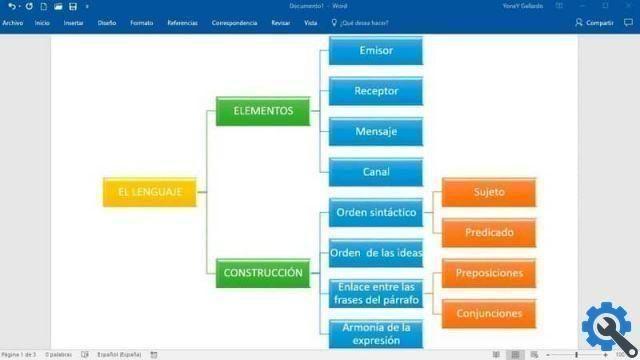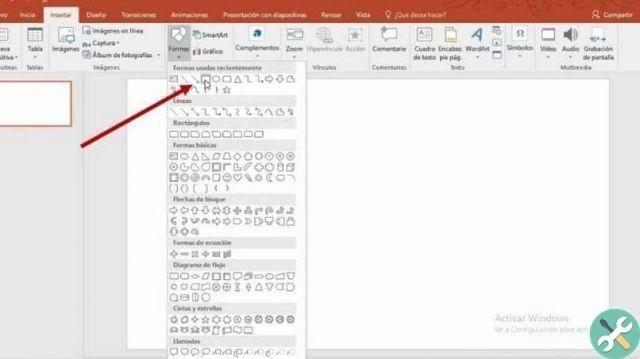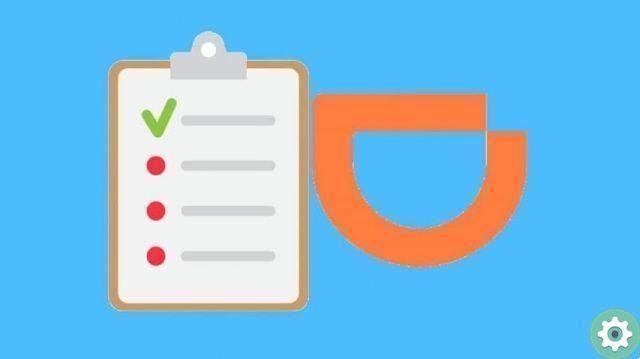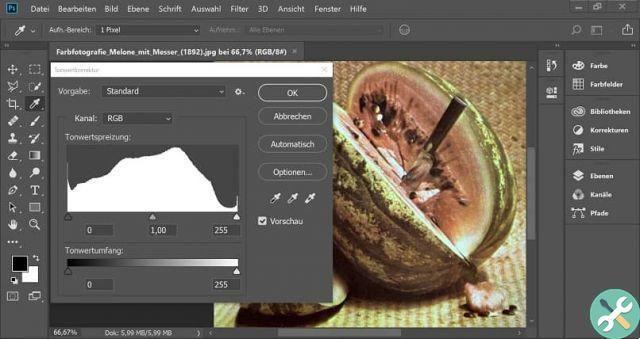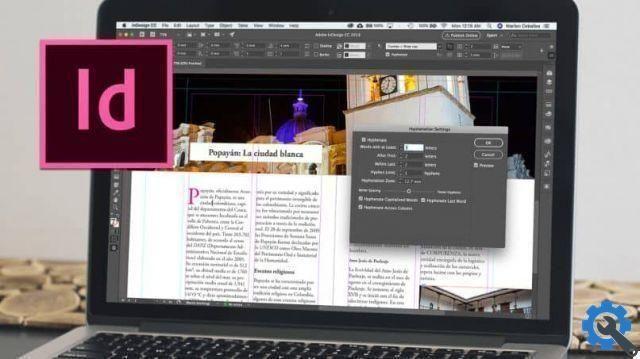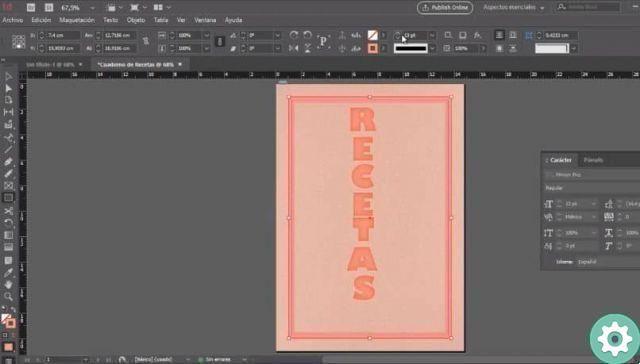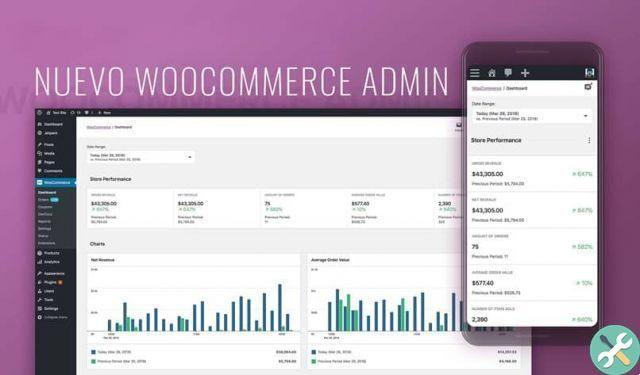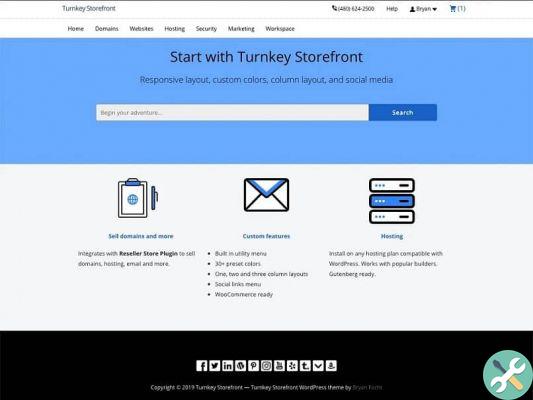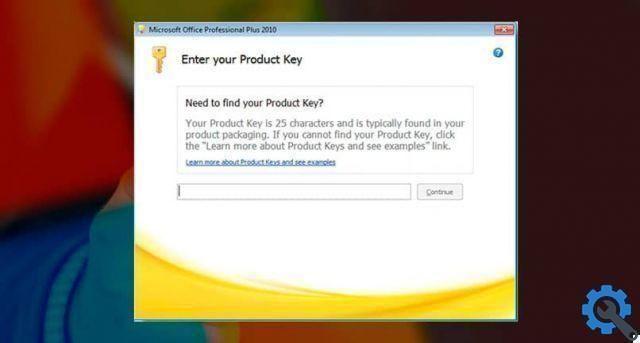With the tricks that we will teach you, you will be able to limit or limit the actions you different identification can run on the WordPress desktop. For this, it is important to know that WordPress has a very clear definition of user roles or profiles and determines what permissions they may have to make changes from the desktop.
With this clear, you can understand that by managing the permissions to each user well, your website will always be under your control. You will be much safer and can avoid future problems, especially by making changes or modifications that you have not authorized. Here's why learn to create and set user permissions in WordPress it will help you a lot.
How to create and set user permissions in WordPress" src="/images/posts/8b2847d292112ca4f8ded7ee862357f1-0.jpg">
User profiles or roles in WordPress that you can create
In WordPress there are 5 different user roles which are pre-established and it is very important that you know, so that you know which role you will assign to each user. Whether to simply write on your blog, manage themes or plugins, whatever you want, we'll give you a brief explanation of each role below:
Subscriber
It is the lowest rank and is the one assigned by default to WordPress by default. These users can log in, read articles, comment, make changes to their password, but cannot make changes on the desktop in WordPress.
Collaborator
This user has the same permissions as the subscriber, but can write and make changes to your posts. But you have limited the publishing option, you are not even allowed to upload pictures or anything to the media library.
Author
This user has a little more freedom and permissions on the desktop, can publish, make changes, and even delete your entries. You can also create and edit pages, you can upload images or files to the library media and delete the ones you uploaded earlier.
In their published posts they can moderate comments, these users are the ones who trust so that they can post regularly but do not have permissions to enter ai post in other users.
Editor
This user has or privileges higher permissions than to the author since he can do whatever he wants with the content of the website. They can publish, edit, delete posts or pages, moderate comments, upload files to the media library.
In short, you can do everything but make changes or changes to the configuration of the website. This role is appropriate for people who are the sole owners of their website.
CEO
It 's user with the highest ranking in WordPress, for this reason it takes care of the management of the site. He is responsible for making all general changes and adjustments necessary for your website to function 100%.
How to create and set user permissions in WordPress
Now, with the roles or profiles clear, we can start teaching you how to create and set user permissions in WordPress. To set these permissions, you just need to go to your site in WordPress and log in as an administrator, then click on the user tab in the window and select a new user.
How to create and set user permissions in WordPress" src="/images/posts/8b2847d292112ca4f8ded7ee862357f1-1.jpg">
Being in that window you can see that boxes appear in which you can enter personal information. But the thing important in these parts is to place the profile you want this user to have. Whether it's a subscriber, a publisher, etc., it will all depend on what you want them to do on your site and being clear on the points discussed above.
As you can see, it is very simple and easy to do and you can efficiently manage your website. Grant permissions or specific functions for each user and avoid unpleasant surprises.





